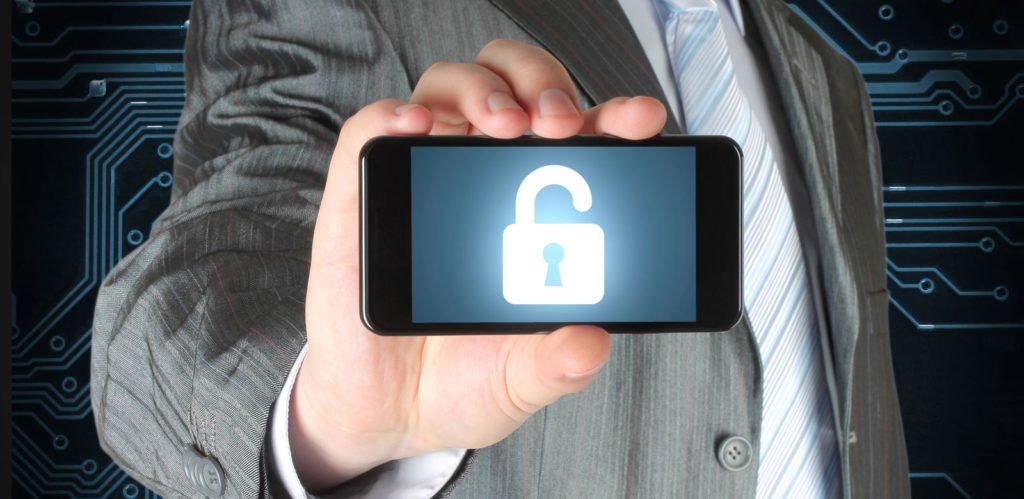Over three-quarters of Americans used a mobile device for online banking in 2019. When you think about it, there’s no wonder why: our phones are convenient, we’re used to using them, and it’s a quick way to check our information on the go.
But online mobile banking opens you up to a few surprising security risks, especially if you aren’t following a few simple best practices. Before you open up your banking app, here are a few rules to follow.
- Don’t Use Public Networks
You may not think about it when you’re sitting in a cafe, but you should never access your bank when hooked up to a public Wi-Fi network. These connections don’t offer much by way of security, and it’s easy for someone to swipe sensitive info. Instead, switch to a cellular network and hop online with your mobile banking app.
- Avoid Phishing Scams
Phishing is on the rise, and it’s one of the most prevalent cybersecurity security threats for businesses and individuals alike.
Even if you don’t know what phishing is, you’ve likely had it happen to you. This trick occurs when someone sends a text message or email designed to trick you into giving them your private information. The text or email may even look like it came from your bank, and it may ask for information directly or demand that you click a link for more information.
If you see this type of message, don’t interact with it in any way. Instead, reach out to your bank.
You can do this by navigating to your bank’s website online, or by calling the number on the back of your credit or debit card. This works for everything from larger companies to smaller banks like Farmersbankidaho.com, and it can help you verify or discount the information in the suspected phishing message.
- Be Aware of What You Download
Malware can do a lot more than slow down your computer. If you download the wrong shady program, you may find yourself unknowingly using a keylogger. This type of program records your keystrokes, meaning that you’ll be sending all of the information you type to a remote source—including sensitive data and passwords.
If you’re worried about this, of course, you can always opt to do your online mobile banking through the bank’s app. Apps tend to be less prone to malware than other devices like computers.
- Keep Your Phone to Yourself
Your mobile banking security is only secure when you keep sensitive data to yourself. If you store information on your phone, you’ll want to keep that information out of the hands of strangers, and even friends and loved ones. Make sure to use a PIN or password to secure your phone, and consider locking your mobile banking app if your device lets you do so.
- Use a Strong Password
All of the insights above are useless if you’ve opted for a common password like “123456.” Consider using a password manager to generate and store a password with a secure, random string of numbers, letters, and symbols. Don’t forget to check your password strength online as well.
Create Better Habits for Mobile Banking
In general, mobile banking is a safe practice that lets you track your finances and stay on budget at times that are most convenient for you. At the same time, it’s wise to take a few basic precautions to deter scams and identity theft. With some simple habits in place, you’ll be able to protect your finances in the long term with minimal effort.
Interested in more personal finance tips? Check out our other posts for more of the insights you should know.
